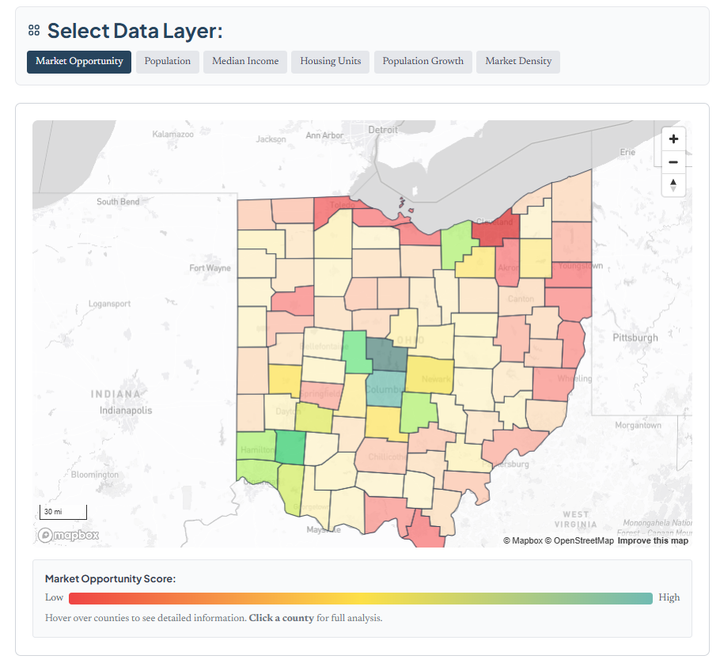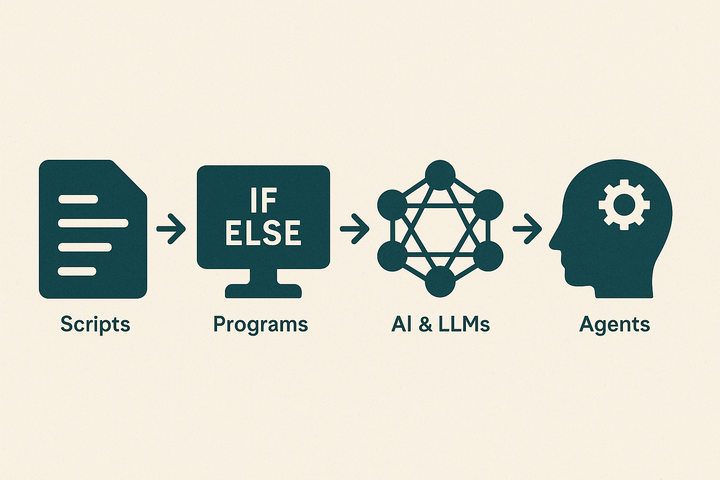The 9 Pillars of Product‑Centric Communication
A practical framework for product managers to communicate with clarity, empathy, and strategic intent across teams and stakeholders.

Effective product leadership hinges on communication. You’re not just sharing information—you’re guiding teams, aligning stakeholders, and shaping outcomes. These nine pillars create a comprehensive framework to elevate how product people lead and inspire.
1. Strategic Clarity
Can I articulate the “Why” and the desired outcome?
Great PMs consistently connect tactics with strategy. They tie product decisions back to user value, company goals, and measurable impact Product Focus+7ProductPlan+7LinkedIn+7. Communicating a roadmap—or a single feature—starts with clear intent.
2. Empathetic Listening
Am I really hearing their concern or just waiting to speak?
Active listening is foundational in leadership communication. When done well, it builds trust and surfaces critical insights you might otherwise miss WikipediaLinkedIn. Paraphrasing and open‑ended questions help validate understanding.
3. Stakeholder Storytelling
Did I frame it as a journey, not just data?
Shaping a message around narrative—problem → solution → benefits—makes it stick. Executives, customers, and team members resonate with stories, not spreadsheets Reddit+4LinkedIn+4ProductPlan+4ProductPlan+1Reddit+1.
4. Radical Feedback
Am I being candid yet kind?
Constructive feedback must combine clarity with empathy. Best practices emphasize balancing honesty with support to encourage growth—not resentment Chameleon+4Wikipedia+4Stanford Online+4Expandior Product Academy.
5. Conflict Navigation
Did I name the tension early and guide us through it?
Top PMs address friction head‑on. They call out disagreements early, establish ground rules, and steer toward resolution through shared understanding—not power play.
6. Facilitation & Presence
Did I bring calm and focus to this meeting or moment?
In cross‑functional settings, Product Managers act as anchors—setting agendas, driving alignment, and preventing derailment. Their calm presence gives structure during chaos.
7. Written Brevity
Did I lead with the TL;DR? Could I cut 30% of this message?
Your audience—especially executives—wants concise, prioritized content. Writing shorter, cleaner comms (emails, docs, briefs) increases clarity and respect for their time Expandior Product Academy+2Stanford Online+2LinkedIn+2Jenny Wanger+12Product Focus+12 Chameleon +12 airfocus.
8. Audience Adaptability
Did I tailor this message to who’s listening?
Your interface, deliverable, or detail level shifts depending on the audience. Developers need context; executives need insight. Align structure and tone to meet their needs LinkedIn ProductPlan.
9. Self‑Awareness & Repair
Did I check how that landed—and own my tone?
Communication isn’t just content—it’s emotional. Strong PMs reflect on how their message landed and are quick to clarify, apologize, or adjust tone when needed.
🧠 How These Pillars Map to Communication Best Practices
- Strategic Clarity, Storytelling, and Audience Adaptability echo the three communication streams: horizontal, vertical, and external ProductPlan.
- Listening, Radical Feedback, and Conflict Management align with effective oral communication: active listening plus constructive feedback Wikipedia.
- Written Brevity reinforces the "clarity, consistency, accuracy" pillars of credibility in written comms Product Focus.
✅ Applying the Framework: A Real‑World Use Case
Imagine you're launching a new feature. Here's how each pillar plays out:
- Strategic Clarity: Clearly state product goals, success metrics, and impact on user outcomes.
- Empathetic Listening: Gather input from design, engineering, and support—really listen to hidden concerns.
- Storytelling: Frame launch messaging as user need → solution → competitive edge.
- Radical Feedback: Deliver candid input by saying, “Here’s what’s working—and here’s what might block us if unchecked.”
- Conflict Navigation: If engineers push back on timeline, surface the trade‑off explicitly rather than gloss over disagreement.
- Facilitation: Guide a cross‑functional sync meeting—ensure conversation stays productive.
- Written Brevity: Write release notes or email announcements with bullet TL;DR and optional detail below.
- Audience Adaptability: Devs get Jira tickets and acceptance criteria; execs get roadmap summary and projected ROI.
- Self‑Awareness & Repair: After the meeting, follow up: “If I came off too direct, I meant only to be efficient—happy to clarify tone if needed.”
🧭 Why This Matters for Product Leadership
These pillars go beyond "soft skills"—they are the communication DNA of outcome‑oriented product culture. When practiced consistently, they help you:
- Build trust across teams and stakeholders
- Reduce misalignment and rework
- Make more confident, inclusive decisions
- Elevate product perception at the org level
🔗Internal Resources at Polaris Pixels
- For help aligning strategy and storytelling: refer to our post “Crafting a Product Narrative That Resonates” (link1)
- To explore feedback loops and stakeholder rhythm: see “Structuring Effective Product Feedback Cadences” (link2)
By mastering these pillars, product leaders can not only build better products—but build stronger, more aligned organizations.



Comments ()